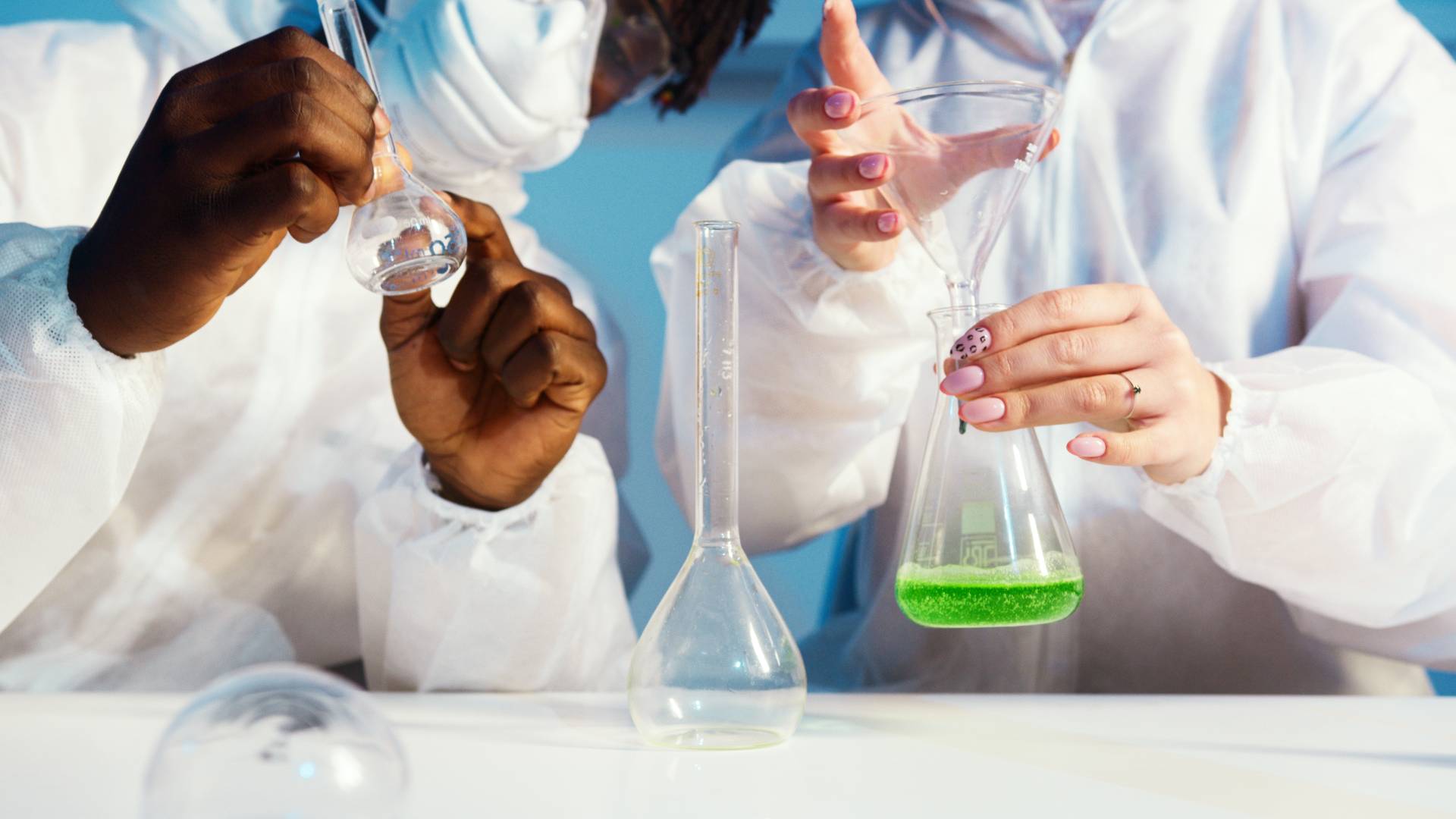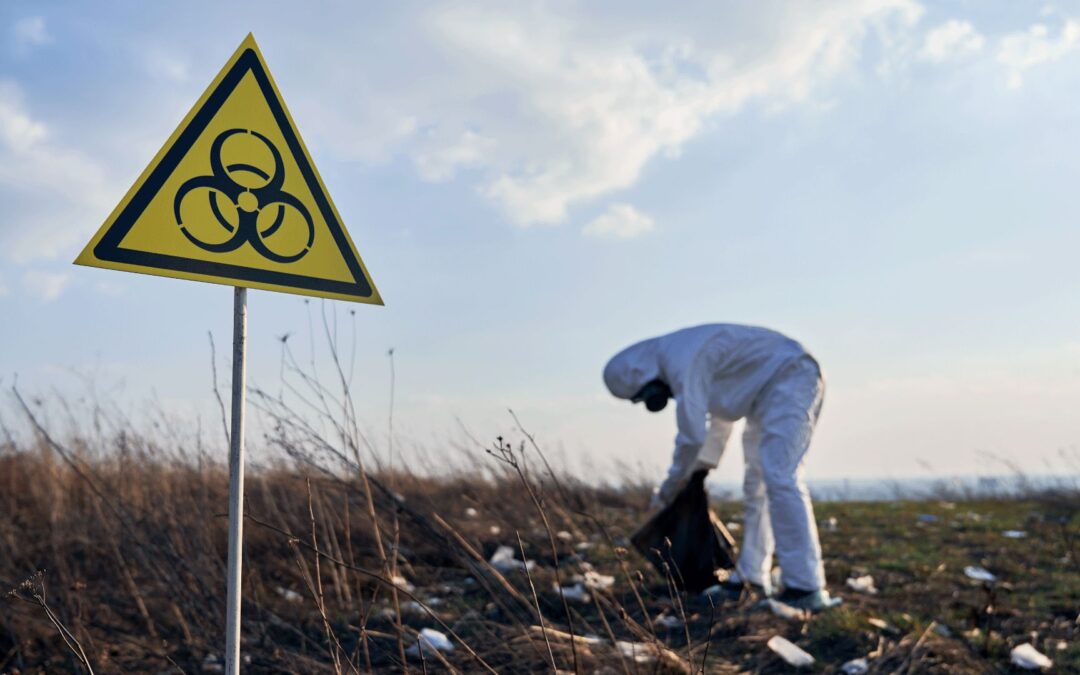The Chemical safety of our food needs attention. Reviewing the supply chain, contamination risks start from the field, continuing to the final selling point and restaurant kitchens.
A survey found that Dhaka is one of the main cities where food contamination by various contaminants is a prominent issue. This contamination is done by manufactured, industrial discharge, contaminated water etc. recently, the Government of Bangladesh has been taking necessary steps to combat this contamination.
Chemical food safety deals with all chemical risks in the food chain, predominantly with biologically active components in food, additives, contaminants, including their toxicology.
Examples of toxic effects include gastrointestinal symptoms, kidney damage, liver disease, impairment of the nervous system, and even DNA damage-which could cause cancer! Some harmful effects are transient, but some results may be chronic.
Scenario one: An innocent farmer grows some vegetables in their garden or field without knowing. They may use heavily arsenic-poisoned water for irrigating growing vegetables and fruits or cereals. Resulting in their products having excessive levels of arsenic contamination; this will go through to the typical supply chain without anyone knowing! The fact causes this is that no regular test exists to stop this happened.
Scenario two: Often unaware of the dangers, some spice processors in Bangladesh use an industrial lead chromate pigment to imbue turmeric with a bright yellow colour; prized for curries and other traditional dishes. Long banned from food products, lead is a potent neurotoxin that is considered unsafe in any quantity. Lead chromate pigments added to turmeric threaten public health across Bangladesh.
The following table from the European commission RASFF database shows that from March 2022, we have noted six interceptions by EU states (5 of them considered a serious issue).
Scenario three: As a nation, we are still heavily reliant on our farming community. Surprisingly, the farming community is considered one of the most deprived communities in our county regarding education, wealth etc. However, they are inherited the production knowledge is undoubtedly world-class. Due to a lack of control on using pesticides and chemicals in agro production, there is a huge risk of chemical contamination of freshly available fruits, vegetables and other agro commodities.
Scenario four: Melamine, a nitrogen-rich compound, is added to milk to falsely increase the protein count in milk and dairy products. In an incidence was noted by Dhaka University lab about foreign brands of power kinds of milk that were contaminated. This issue possibly is no longer investigated, risking the safety of our local dairy. Especially melamine is readily available in Bangladesh at a low cost.
I am not a fan of scaring people by writing. This raises awareness about the risk of untraceable food items where no one is held accountable. Trust is good, but wrongly placed trust may cause harm to us. Furthermore, most chemically contaminated food is not safe even after washing and cooking.
To conclude, it is of paramount importance that we slowly introduce visible traceability into our food supply chain, regulated by testing, regardless of its source.






